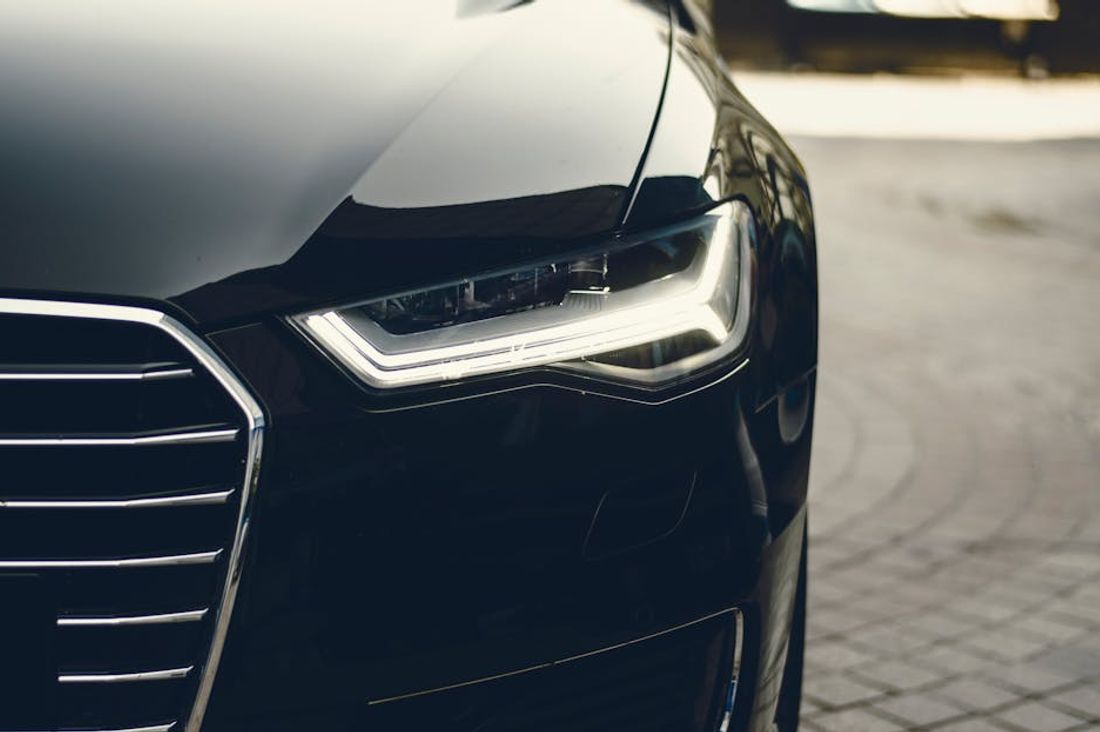The modern hybrid vehicle, lauded for its fuel efficiency and reduced emissions, often operates in a realm of near-silent, clinical precision. Yet, a curious development is emerging among a niche group of automotive engineers and audiophiles: the intentional modulation of the hybrid's electric motor vibrations. Rather than simply suppressing these vibrations for a smooth, quiet ride, they’re exploring how to subtly shape and amplify them, creating a unique, almost tactile driving experience. This isn't about replicating the roar of a combustion engine, but rather about crafting a distinct sonic and haptic signature, akin to the subtle hum of a hummingbird's wings, that resonates with the driver.

The Tactile Symphony: Feeling the Current
The core of this innovation lies in the precise control of the electric motor's frequency and amplitude. By manipulating the waveform of the current supplied to the motor, engineers can induce specific vibrations in the vehicle’s chassis and seats. These vibrations, carefully tuned to harmonize with the vehicle's speed and acceleration, create a subtle, almost subliminal sense of connection between the driver and the car's electric heart. Imagine feeling the subtle pulse of the motor as you accelerate, a gentle thrum that communicates the flow of energy without the jarring intensity of a traditional engine. This allows for a heightened awareness of the vehicle's performance, adding an unexpected layer of sensory feedback to the driving experience.

Personalized Resonance: Tuning the Drive
Furthermore, the potential for personalization is vast. Software-driven controls could allow drivers to adjust the intensity and character of these vibrations, creating a bespoke driving experience tailored to their preferences. Some might prefer a gentle, almost imperceptible hum, while others might opt for a more pronounced, resonant feel. This opens up possibilities for creating distinct driving modes not just based on performance, but also on the sensory experience. Just as audiophiles fine-tune their sound systems, drivers could fine-tune the vibrational profile of their hybrid, transforming the act of driving into a uniquely personal and immersive encounter with the electric age.
AI-Assisted Content Disclaimer
This article was created with AI assistance and reviewed by a human for accuracy and clarity.